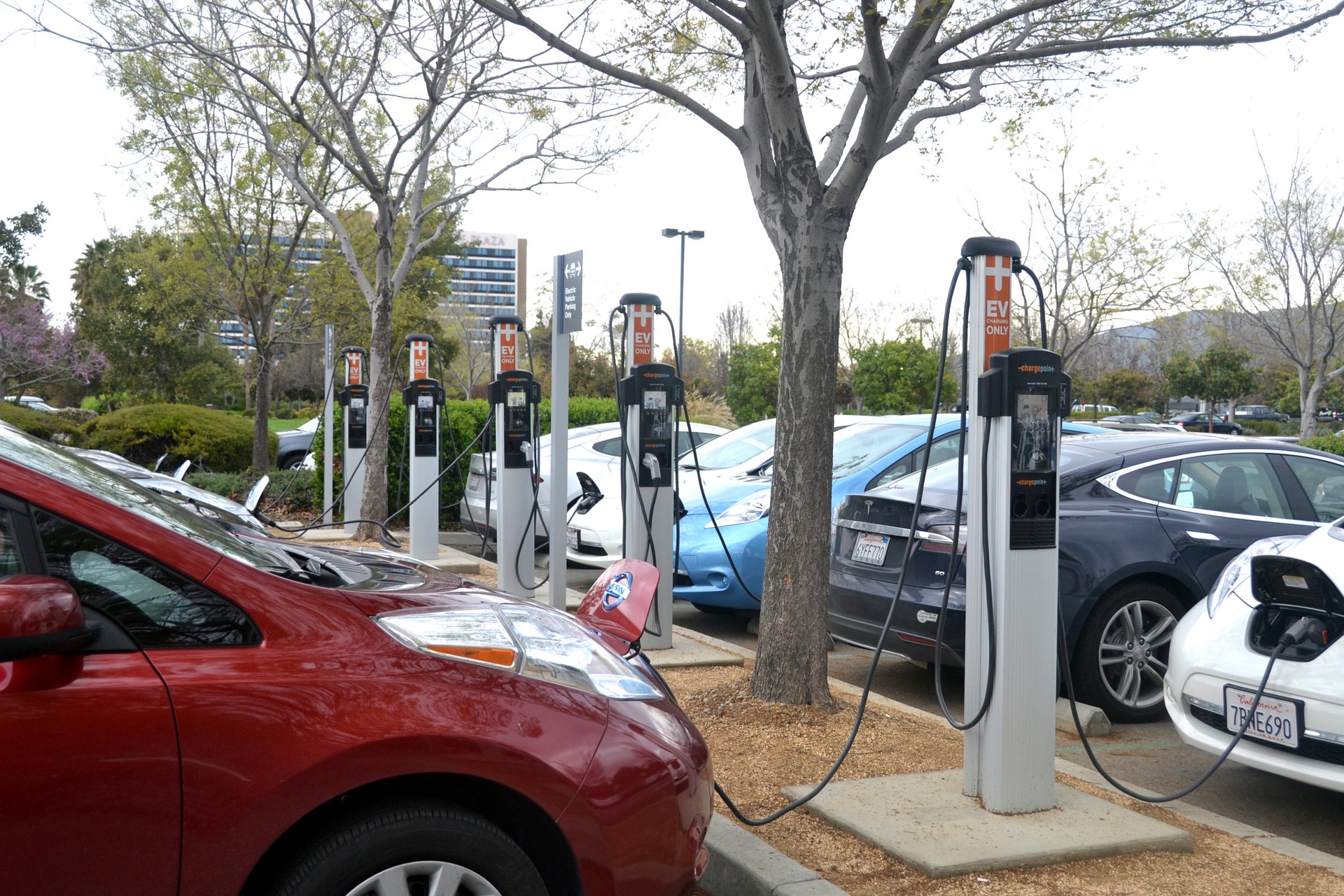The US Environmental Protection Agency (EPA) has proposed federal vehicle emissions standards which it says will accelerate the transition to a “clean vehicles future and tackle the climate crisis”.
According to the EPA, the proposals would avoid nearly 10 billion tons of CO2 emissions, equivalent to more than twice the total US CO2 emissions in 2022, while saving thousands of dollars over the lives of the vehicles meeting these new standards. It will also reduce America’s reliance on approximately 20 billion barrels of imported oil.
Described as the most ambitious pollution standards ever for cars and trucks, the EPA says the proposed emissions standards for light-, medium-, and heavy-duty vehicles for model year (MY) 2027 and beyond would also significantly reduce air pollution, unlocking benefits for public health, especially in communities bearing the greatest burden of poor air quality such as those living near major roadways. This will lead to fewer premature deaths and serious health issues such as respiratory and cardiovascular illnesses.
The standards would also lower maintenance costs and deliver significant fuel savings for drivers and truck operators.
“By accelerating adoption of technologies that reduce fuel and maintenance costs alongside pollution, the proposed standards would save the average consumer US$12,000 over the lifetime of a light-duty vehicle, as compared to a vehicle that was not subject to the new standards,” the EPA said.
Overall, the EPA estimates that the benefits of the proposed standards would exceed costs by at least US$1 trillion.
The first set of proposed standards, the “Multi-Pollutant Emissions Standards for Model Years 2027 and Later Light-Duty and Medium Duty Vehicles,” builds on the EPA’s existing emissions standards for passenger cars and light trucks for MYs 2023 to 2026. The proposal retains the regulatory design of previous EPA standards for light-duty vehicles, but leverages advances in clean car technology to reduce “climate pollution and smog- and soot-forming emissions”.
Between 2027 and 2055, the projected net benefits of the light- and medium-duty proposal range from US$850 billion to US$1.6 trillion.
LIGHT- AND MEDIUM-DUTY VEHICLE PROPOSED STANDARDS
The EPA says the proposal is expected to avoid 7.3 billion tons of CO2 emissions by 2055 – equivalent to eliminating all greenhouse gas emissions from the entire current US transportation sector for four years. EPA analysis also shows a reduction in severe health impacts related to fine particulate matter exposure, such as premature death, heart attacks, respiratory and cardiovascular illnesses, aggravated asthma, and decreased lung function.
According to the EPA, the proposal considers a broad suite of available emission control technologies, with the standards designed to allow manufacturers to meet the performance-based standards in a way that works best for their fleets. The agency expects the standards to drive the widespread use of filters to reduce petrol particulate matter emissions and spur greater deployment of CO2-reducing technologies for petrol-powered vehicles.
The proposed standards are also projected to accelerate the transition to electric vehicles. Depending on the compliance pathways selected by manufacturers to meet the standards, the EPA projects that EVs could account for 67 per cent of new light-duty vehicle sales and 46 per cent of new medium-duty vehicle sales in MY 2032.
The proposed MY 2032 light-duty standards are projected to result in a 56 per cent reduction in fleet average greenhouse gas emissions target levels compared to the existing MY 2026 standards. The proposed MY 2032 medium-duty vehicle standards would result in a 44 per cent reduction compared to MY 2026 standards.
HEAVY-DUTY TRUCK PROPOSED STANDARDS
The second set of proposed standards, the ‘Greenhouse Gas Standards for Heavy-Duty Vehicles – Phase 3’, would apply to heavy-duty vocational vehicles such as delivery, refuse, public utility, and freight trucks, as well as transit, shuttle, and school buses.
According to the EPA, the standards maintain the flexible structure it designed to reflect the diverse nature of the heavy-duty industry. Like the light- and medium-duty proposal, the heavy-duty proposal uses performance-based standards that enable manufacturers to achieve compliance efficiently based on the composition of their fleets.
The EPA expects net benefits of the heavy-duty proposal to range between US$180 billion and US$320 billion. The proposal is projected to avoid 1.8 billion tons of CO2 by 2055, equivalent to eliminating all greenhouse gas emissions from the entire current US transportation sector for a year. It will also deliver health benefits by reducing other pollutants from these vehicles.

